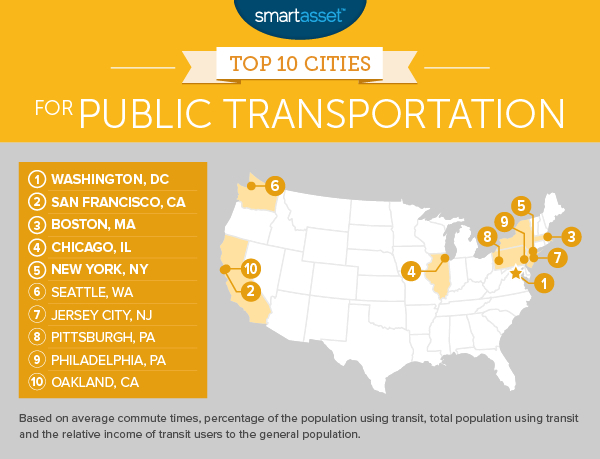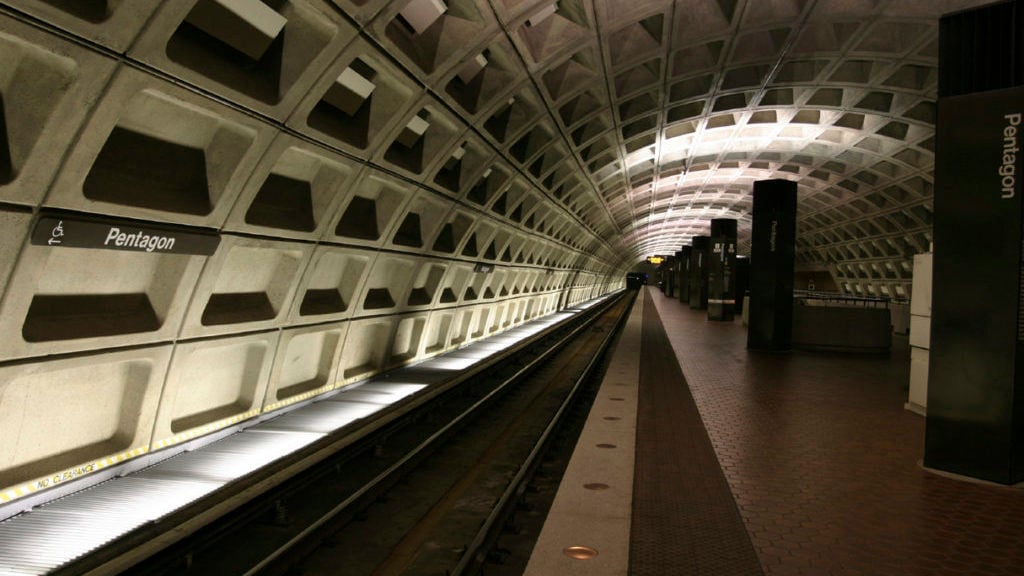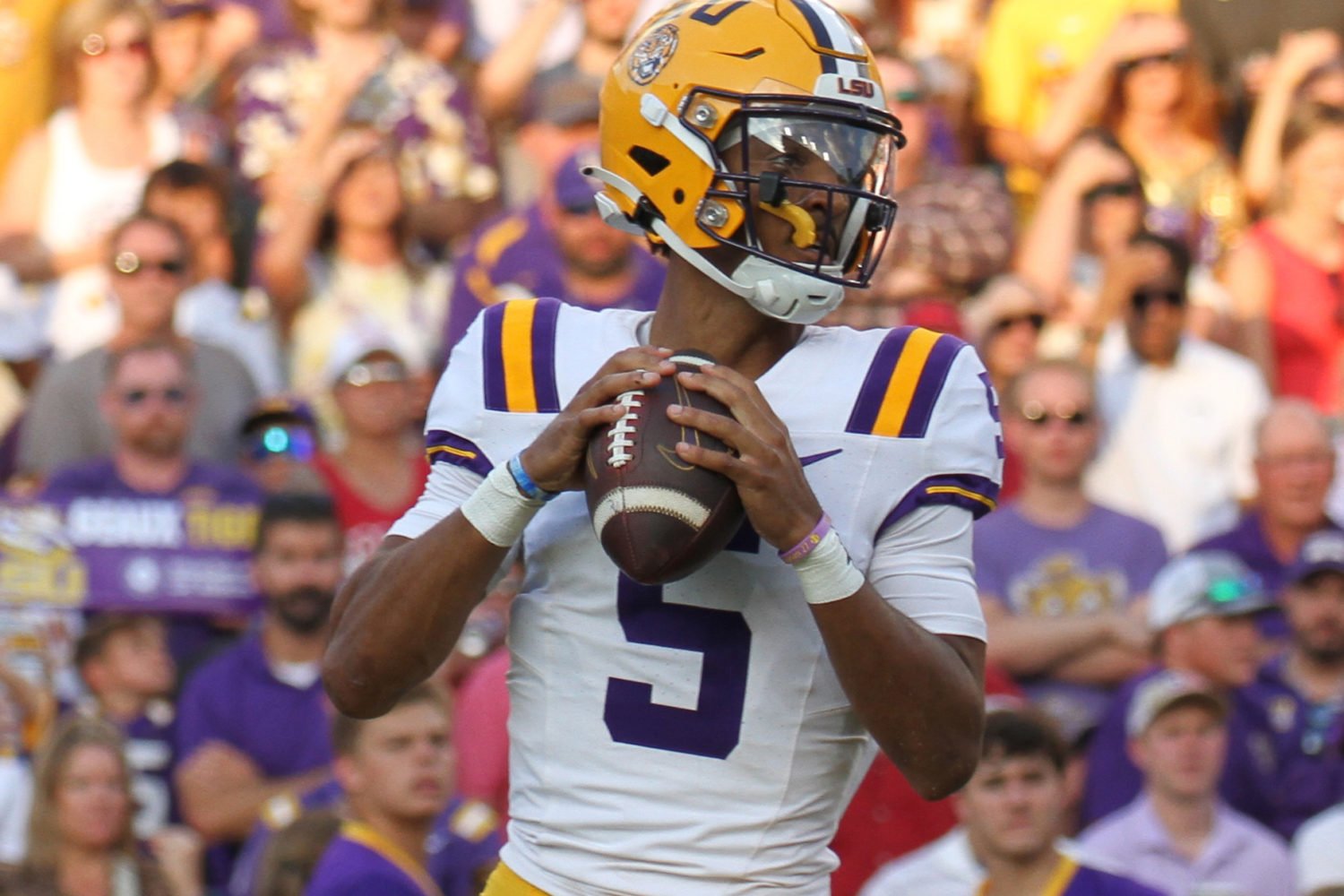A list published Tuesday by SmartAsset, one of those personal-finance websites that churns out lists of things, claims DC is the best city in the United States for public transportation thanks to the services provided by the Washington Metropolitan Area Transit Authority. The list praises, among other things, Metro’s overall passenger volume, relative expediency compared to similar car-commute, and the percentage of the population that relies on public transit to get to work.
This would certainly be worth bragging about—if it were actually true! The transit system SmartAsset describes might sound alien to DC residents who have tried to rely on Metro through the messiest stretch of its 40-year existence.
“The typical transit commuter in D.C. spends 36 minutes traveling to work each day,” the website reports. “That is 10 minutes below the average for the 136 cities in SmartAsset’s study. It is also just 8.6 minutes slower than the typical commute time for a driver in the District, the smallest difference among cities in which a significant percentage of the population relies on transit.”
To come up with its ranking, SmartAsset weighed each considered city’s average commute time via transit, the percentage difference between average transit commute times and average car commute times, the percentage of the population that uses public transit, the total number of commuters using transit, and the difference in the median incomes between transit users and car commuters. From those measurements, it’s not too difficult to see how Washington, even with Metro in poor condition, might rise to the top: Besides that average commute time, 36 percent of DC residents use public transit to get to work, the third-highest rate of any city after New York and Jersey City, New Jersey.

What really appears to have clinched Washington’s No. 1 ranking, though, is that the median income for transit users is only 4 percent lower than that for car commuters—outside New York, Chicago, and the San Francisco Bay Area, every other city’s transit riders had incomes more than 10 percent below their car-driving neighbors.
By these calculations, Washington is the best city for public transit. And it might be, if not for reality: Metro’s ridership has declined to its lowest levels since 2004, largely thanks to a decaying system that is resulting in more breakdowns and longer delays for riders, which in turn lead it to hemorrhage money. Over the first half of the agency’s 2016 fiscal year, which began last July, Metro’s rail ridership dropped 6.1 percent compared to the previous year, while both rail and bus revenue fell several million dollars short of budget expectations. As Metro’s mishaps and management crises have dragged on, many longtime riders have ditched the the system for their cars.
A forthcoming review prepared for Metro by the consulting firm McKinsey and Company contains more bad news. As reported by WAMU, the audit finds that even though Metro spends more per mile on maintenance than systems in New York, Boston, and San Francisco, the number of late trains due to mechanical failures has doubled since 2013. Its revenue growth has also stalled at 2.8 percent while labor costs—by far Metro’s biggest expense—grow at an annual rate of 5 percent.
So, Washington could—at least on a spreadsheet—be the greatest city for public transit. But in practice, that’s not an easy assessment to accept. But this ranking does at least provide an important lesson about the murkiness of websites that rank things. As DCist noted, SmartAsset isn’t really in agreement with itself. A month ago, the site ran a list of the “10 Best Mass Transportation Systems in America.” Metro did not make the cut.



















